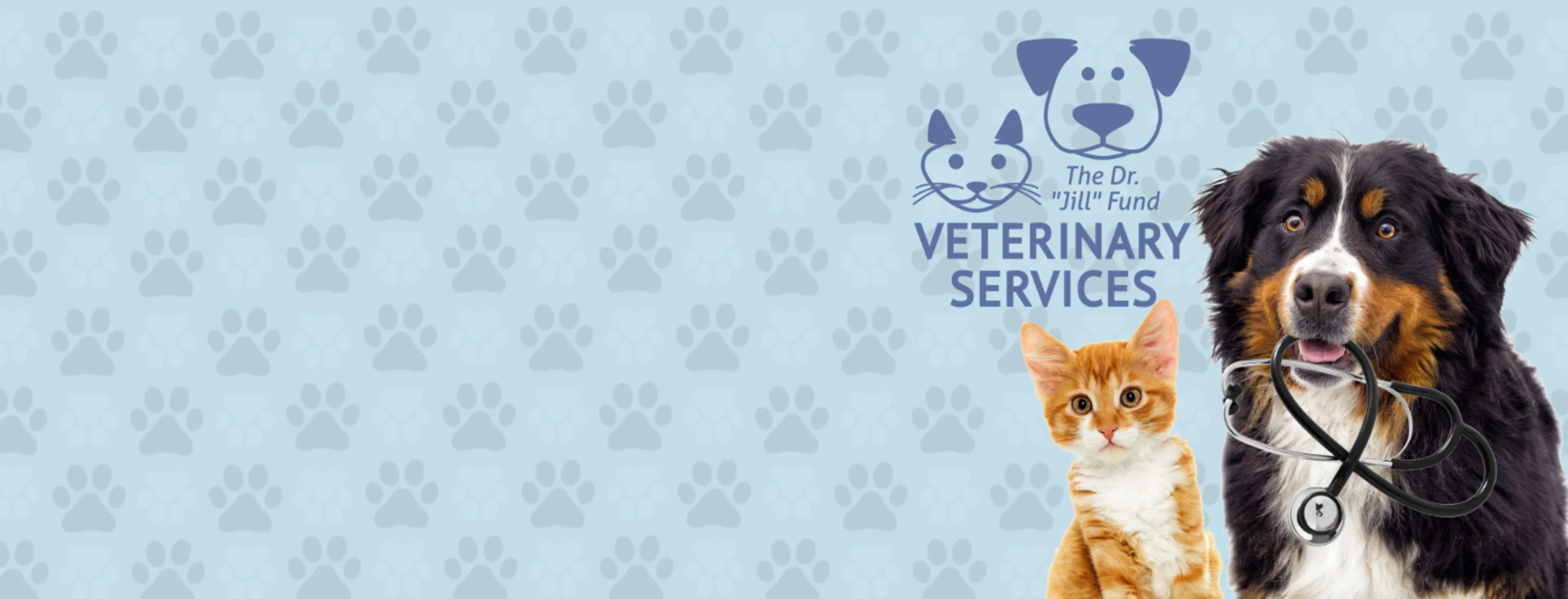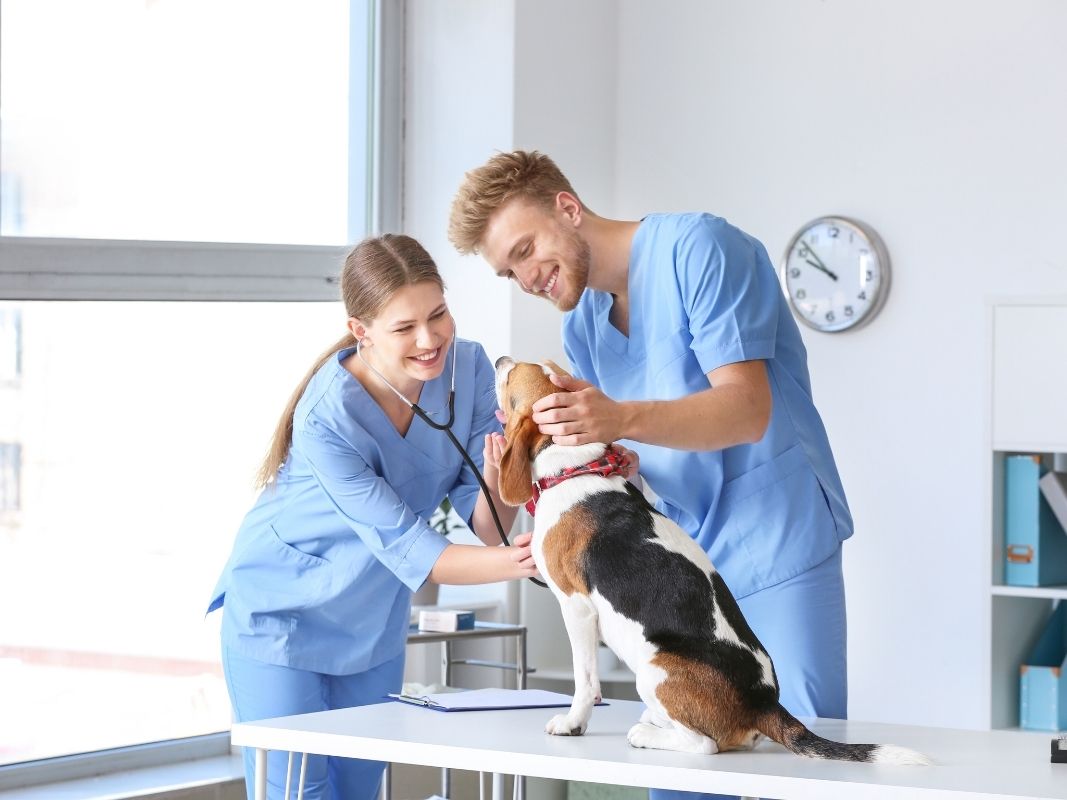Preparing for the Unexpected With animal emergency care bellingham
Preparing for the Unexpected With animal emergency care bellingham
Blog Article
Everything About Vet Surgical Treatment: Comprehending the Significance of Specialist Look After Your Pet dogs
Vet surgical procedure is an essential component of pet dog healthcare. It incorporates numerous treatments, from routine optional surgical procedures to immediate interventions. Comprehending the complexities of these surgical treatments can aid pet proprietors make educated choices. The preparation, implementation, and recovery stages are important for guaranteeing the wellness of pets. With correct understanding, owners can browse the complexities of vet care. What variables should be considered before a pet dog undergoes surgery?
Kinds Of Veterinarian Surgeries
When a pet dog needs medical treatment, comprehending the numerous sorts of veterinarian surgeries can assist pet dog proprietors make educated choices. Veterinary surgical procedures can be broadly classified right into three major kinds: optional, urgent, and emergency situation surgeries. Optional surgical treatments, such as spaying or neutering, are prepared treatments that are not immediately serious. Urgent surgical procedures, like those for international body removal, should be done quickly however are not dangerous in the minute. Emergency situation surgeries, such as those resolving severe trauma or interior blood loss, are important and require immediate attention.Additionally, surgical treatments can differ in complexity, ranging from minimally intrusive laparoscopic procedures to more extensive open surgeries. Each type of surgical treatment carries its own threats and recuperation processes. Comprehending these classifications permits animal owners to engage in purposeful discussions with veterinarians, bring about far better outcomes for their precious family pets.
Preparing for Your Family pet's Surgical treatment
Getting ready for a family pet's surgical treatment includes a complete checklist to assure all essentials are covered. Efficient communication with the veterinarian is important for comprehending the procedure and any type of required pre-operative steps - 24 hour vet near me. Furthermore, having clear post-operative treatment directions will certainly aid owners provide the most effective support for their recovering animals
Pre-Surgery Checklist Basics
Assuring a smooth medical experience for a pet dog requires cautious preparation and focus to detail. A pre-surgery list is essential for family pet owners to adhere to. First, confirming the arranged surgery date and time is essential. Owners should also confirm that their pet has not eaten according to the vet's guidelines, normally for 8-12 hours before surgical treatment. Gathering needed medical documents, including inoculation history, is very important for the vet's testimonial. It is also recommended to prepare a comfy room in the house for the pet's recovery after surgical procedure. Ultimately, owners need to have a plan for transport to and from the veterinary facility, making sure that the pet dog is safe and secure and comfy throughout the journey. Complying with these steps can substantially enhance the medical experience.
Communicating With Your Vet

Reliable communication with the vet is vital for an effective surgical experience for pet dogs. Proprietors should be prepared to discuss their animal's case history, consisting of any type of pre-existing conditions, drugs, and allergies. This details assists the veterinarian assess dangers and tailor the medical strategy as necessary. Furthermore, pet dog owners must ask concerns regarding the treatment, anesthetic, and expected outcomes to ensure they completely recognize the process. Making clear any uncertainties can reduce stress and anxiety for both the animal and the owner. It is likewise essential to connect any type of behavioral modifications or concerns observed in the family pet leading up to the surgical procedure. Ultimately, clear discussion promotes trust and collaboration, ensuring that pet dogs obtain the finest possible treatment during their surgical trip.
Post-Operative Treatment Recommendations
After talking about the surgical procedure with the veterinarian, family pet proprietors ought to concentrate on post-operative care directions to assist in a smooth healing for their family pets. These guidelines normally include monitoring the surgical website for signs of infection, such as soreness or discharge. Family pets may require to be maintained calm and constrained to stop excessive motion that might interrupt healing. Pain monitoring is vital, so proprietors should follow the vet's advice on providing medicines. In addition, dietary restrictions may be suggested to avoid stomach upset. Regular follow-up visits are necessary to guarantee proper healing and attend to any issues. By adhering to these post-operative care guidelines, family pet owners can greatly add to their pet's recuperation and total wellness.
The Surgery Explained
The surgery for pets incorporates essential steps that ensure their safety and security and healing. Pre-surgery prep work are important for lessening threats, while post-operative treatment standards play an essential function in promoting recovery. Comprehending these components helps pet owners navigate the surgical experience more effectively.
Pre-Surgery Preparations
Prior to an animal undergoes surgical procedure, several crucial preparations should occur to ensure a risk-free and successful treatment. Initially, a detailed vet exam is important to examine the family pet's general health and determine any type of possible threats. This might include blood examinations, imaging, or various other diagnostics. The vet will also discuss anesthetic options tailored to the animal's certain needs. Furthermore, animal proprietors are usually advised to keep food and water for a defined time prior to surgical procedure to minimize the threat of complications during anesthesia. It is necessary for owners to provide a full medical background, including any type of medications or allergies, making sure the surgical group has all essential information. Appropriate interaction and adherence to pre-surgery standards can substantially improve the end result of the procedure.
Post-Operative Treatment Guidelines
Correct post-operative treatment is important for making sure a family pet's recovery complying with surgical treatment. After the procedure, animals should be checked carefully for any type of indications of complications, such as extreme bleeding, swelling, or unusual behavior. It is necessary to comply with the vet's directions relating to medicines, consisting of discomfort relievers and anti-biotics. Animals should be kept in a quiet, comfy atmosphere to minimize stress and advertise healing. Limiting activity is crucial; short, leashed strolls may be necessary, yet jumping or running must be stayed clear of. Routine follow-up consultations need to be arranged to evaluate the recovery procedure. Furthermore, the surgical website needs to be maintained tidy and completely dry, with any kind of signs of infection reported to a vet without delay. Following these guidelines improves recuperation results.
Anesthesia and Pain Management
Efficient anesthetic and pain management are necessary components of vet surgical procedure, making sure that pets remain comfortable and secure throughout the treatment. Veterinarians examine each pet dog's individual needs, considering factors such as age, weight, health standing, and the type of surgery being performed.Anesthesia methods usually include a combination of pre-anesthetic medications, induction representatives, and inhalant anesthetics, permitting precise control over the animal's degree of consciousness. Monitoring throughout surgical procedure is critical; vets continuously observe vital signs to deal with any type of possible issues promptly.Pain monitoring methods might entail opioids, non-steroidal anti-inflammatory medicines (NSAIDs), and regional anesthetics, tailored to the family pet's particular scenario. This diverse technique helps reduce discomfort and promotes a smoother surgical experience. By focusing on effective anesthetic and pain management, vet professionals enhance the overall well-being of pet dogs going through procedures, guaranteeing they get the greatest requirement of care.
Post-Operative Care and Healing
Complying with surgical procedure, the focus changes to post-operative treatment and healing, which is necessary for making certain a pet dog's safe return to typical activities. During this period, pets call for a peaceful, comfy atmosphere to aid recovery. Proprietors ought to carefully check their family pets for any kind of indications of discomfort or uncommon behavior.Veterinary guidelines typically consist of certain guidelines connected to drug management, wound treatment, and nutritional adjustments. It is vital to adhere to these referrals to reduce issues and advertise healing. Family pets may need to be limited dog diseases from strenuous activities, such as running or leaping, throughout their healing period (canine tplo surgery).Regular follow-up visits with the veterinarian permit monitoring of the family pet's progress and prompt modifications to the treatment strategy. Supplying emotional support and companionship can additionally enhance a pet dog's healing experience, assisting to ease anxiety and anxiety. Generally, attentive post-operative care plays a significant function in attaining a successful healing
Acknowledging Problems After Surgical Procedure
How can pet dog owners determine issues after surgical treatment? Recognition of certain indicators is crucial for ensuring the health of family pets throughout healing. Typical indicators consist of extreme swelling, redness, or discharge at the surgical site, which might symbolize infection. Additionally, relentless discomfort, shown by whimpering or reluctance to move, must motivate instant attention. Changes in hunger or water intake can also suggest problems; a reduction in these habits may indicate pain or distress.Moreover, pet proprietors ought to check their pets for any unusual actions, such as sleepiness or problem breathing, as these can be signs of major concerns. Throwing up or looseness of the bowels complying with surgical treatment might call for immediate vet evaluation. Acknowledging these problems early can considerably impact an animal's recovery procedure, stressing the significance of vigilance and punctual communication with a veterinarian for any kind of worrying signs.
The Duty of Vet Experts in Surgical Treatment
Veterinary experts play a crucial function in making sure the security and success of surgeries for animals, particularly complying with surgical treatment when keeping track of and care are critical. These experts consist of veterinarians, vet professionals, and support personnel, all of whom contribute specialized skills to the surgical process.Before surgery, vets carry out extensive assessments to examine the family pet's wellness, making sure that any kind of underlying conditions are handled. During the procedure, the medical team gives anesthetic, maintains sterilized environments, and checks key indicators, very important for decreasing risks.Post-operative care is similarly significant; veterinary specialists observe for problems, handle pain, and guide proprietors on recovery techniques. Their know-how enables them to acknowledge early indications of distress or infection, making sure timely intervention. Ultimately, the collaborative efforts of vet specialists in surgical treatment cultivate a risk-free setting, promoting the health of animals throughout the surgical journey.

Regularly Asked Inquiries
Just how Do I Pick the Right Vet Specialist for My Animal?
Picking the appropriate veterinary surgeon involves investigating credentials, reading evaluations, and evaluating the facility's environment. It is necessary to assess the surgeon's experience with certain treatments and their interaction design when choosing.
What Are Typical Misconceptions About Vet Surgeries?
Typical misconceptions regarding vet surgical procedures include ideas that they are constantly risky, unneeded, or for emergency situations. Lots of pet dog owners undervalue the advantages of preventative treatments and the ability included in veterinary surgical treatment.
Just How Much Will My Pet dog's Surgical treatment Expense?
The price of a pet's surgical treatment can vary significantly based on aspects such as the kind of procedure, the vet's experience, and geographic area (emergency vet). Commonly, costs vary from a couple of hundred to numerous thousand dollars

Can My Pet Dog Consume Prior To Surgical Treatment?
Prior to surgery, it is generally encouraged that pet dogs avoid consuming for a particular period. This fasting aids minimize the risk of issues throughout anesthesia. Owners must consult their vet for exact instructions tailored to their pet dog's requirements.
What if My Family Pet Has Pre-Existing Wellness Issues?
When a family pet has pre-existing health and wellness conditions, it's crucial for the veterinarian to examine these elements prior to surgery. This evaluation assurances suitable preventative measures are taken, reducing dangers and optimizing the pet's general safety throughout the procedure.
Report this page